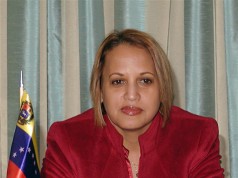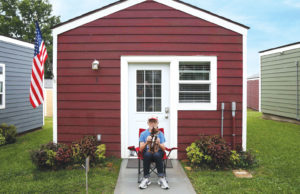— Haitian officials said Friday the government will develop and apply a
tougher building code for the reconstruction of the devastated country.
But despite calls from U.S. and other geologists to
move major government buildings outside the quake-prone capital, they
seemed to shrug off suggestions to move the capital.
The government also is advising residents to stay
away from damaged buildings until teams can review their structural
soundness and develop a new code.
“For now we cannot tell when the earth-shaking will stop,” said
“The government itself will develop and apply a new code for the construction,” he said.
“We need some better plans, better materials. Even
if we know that a lot of people want to repair their houses … the
damaged houses, store or bureaus need to be evaluated and completely
repaired in plain view.”
Geologists from
and other buildings be rebuilt at least 20 miles north of the present
city because the Enriquillo Fault Line, which runs east-west about 10
miles south of
But Prepetit, who had long warned the government
about a possible earthquake but whose warnings fell on deaf ears,
indicated that may not be a consideration.
“We can see a lot of damaged houses while other
houses aren’t affected,” Prepetit said. “I think personally we just
need to change our construction.”
“When you move a city, you are talking about moving
all of the international embassies, the schools, everything,” said
Voltaire, charged with overseeing
More than three weeks after the magnitude 7.0 earthquake that shattered
the city remains vulnerable to aftershocks of up to 6.0, with even a 3
percent probability of another 7.0 quake, according to a
Haitian President
The issue of moving the capital even a few miles
north is a touchy political question in a city that was destroyed — and
rebuilt — after a previous earthquake in the 1700s, and one that may
not find its answers for years to come.
Voltaire said there has been debate among Haitians about moving the capital to St. Marc, or the Central Plateau.
But location is not a guarantee, given the two faults that run through
should focus on building structures capable of withstanding an
earthquake of 7.2 — and higher — magnitude, he said. “Everywhere is a
risk,” he said. “We have to build to the norms.”
—
(c) 2010, The Miami Herald.
Visit
Distributed by McClatchy-Tribune Information Services.













